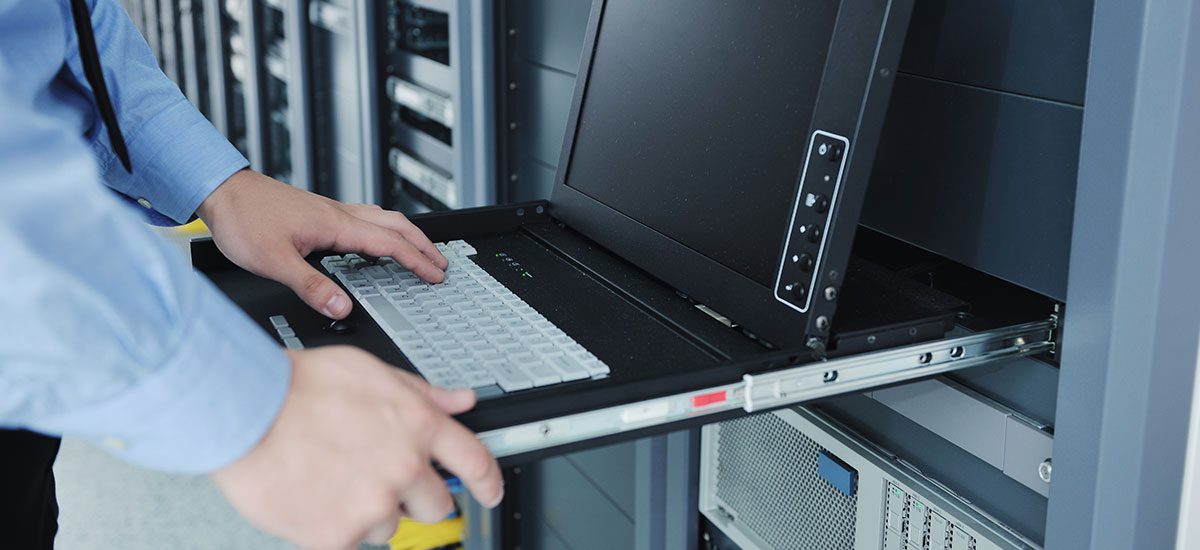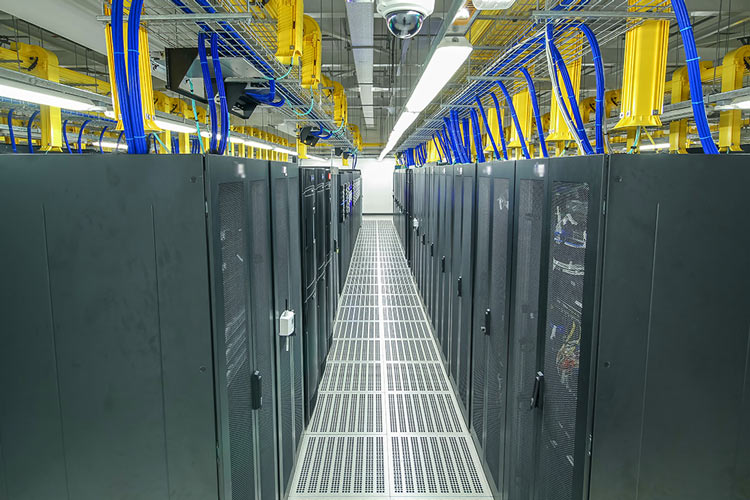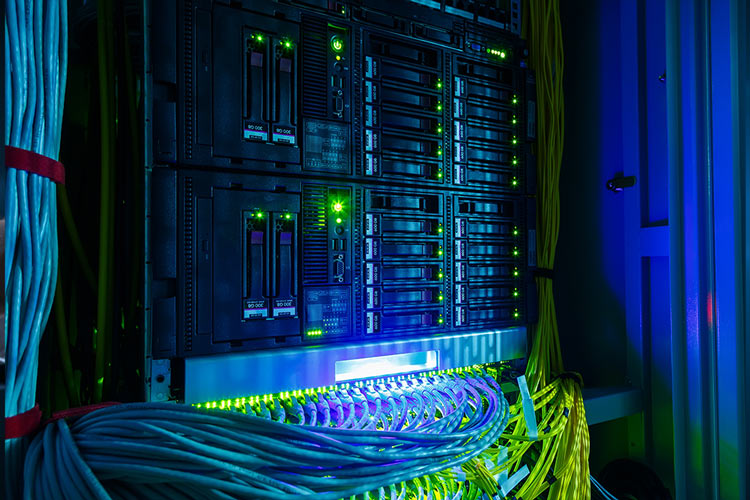Making trips to your equipment at a data center can cost a lot of time. Often it is not strictly necessary; there are a variety of methods to control your servers without being physically present. Here we go over everything you need to take control of your infrastructure, anywhere and anytime.
Telnet
Telnet has been around since 1969. While it is a very established and fairly universal method to connect to your servers and other devices, it is unencrypted, meaning that all of your activity is being broadcasted over the internet. This could be used to gain unauthorized access to your machines.
SSH
SSH is the answer to Telnet’s insecure design. SSH thoroughly encrypts all traffic, allowing for secure control of remote equipment.
VNC
VNC is a good choice for remotely controlling a server’s mouse and keyboard. it is a pretty open standard, supported by virtually every modern operating system in the world. It is also well supported on smartphones, making it easy to remote into servers on the go.
RDP
RDP is designed for Windows Servers, it is basically VNC with added features and controls. If your infrastructure is Windows-based, this will be your tool of choice.
ARD
ARD is Apple’s remote desktop software. If you are colocating Mac servers this is an excellent route to go. Seamless drag and drop functionality and many controls for Mac servers.
The above methods are great in operating conditions. But in the event of an unstable server, or for instance, if BIOS control is necessary, you will need a highly available method at the hardware level. For instance:
KVM over IP
KVM stands for Keyboard, Video, Mouse. It is a hardware appliance that connects to the ports of your server, allowing you to assume physical access to your equipment. This is a one-size-fits-all approach to remote control of a server.
IPMI
IPMI allows for remote control and system monitoring at the hardware level of your server. It is the holy grail of system management. IPMI lets you monitor the temperature and voltages of your CPUs and memory, even fan speed. You can adjust system settings as necessary, including rebooting, shutting down, and powering on your server. KVM access also lets you mount virtual media, and detect if the case of your server has been opened.
Volico recommends IPMI to all of our colocation customers. If Volico builds a system for you, it will have IPMI. We make sure to use Supermicro chipsets whenever possible, but HP and Dell offer their own IPMI implementation as well.











